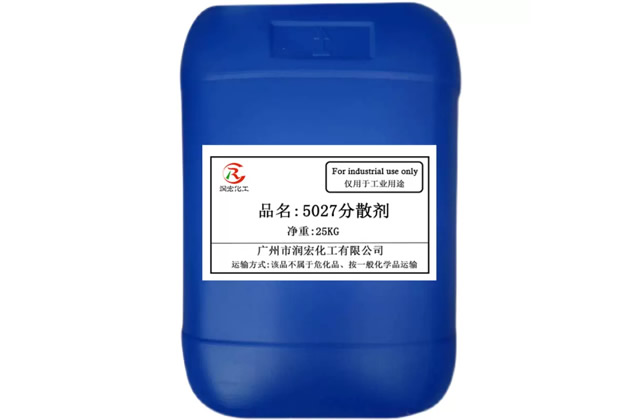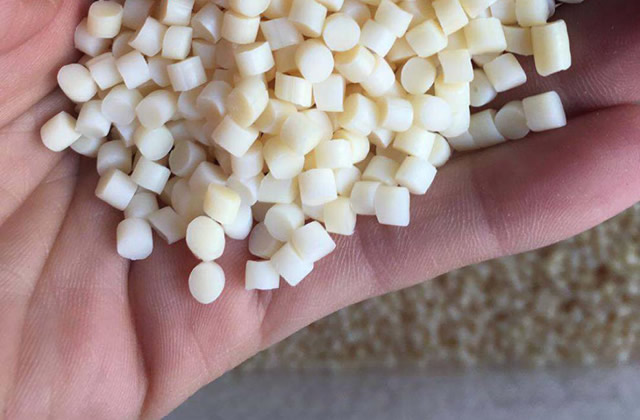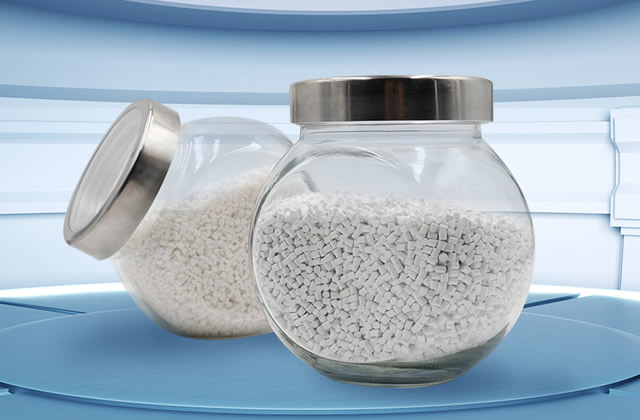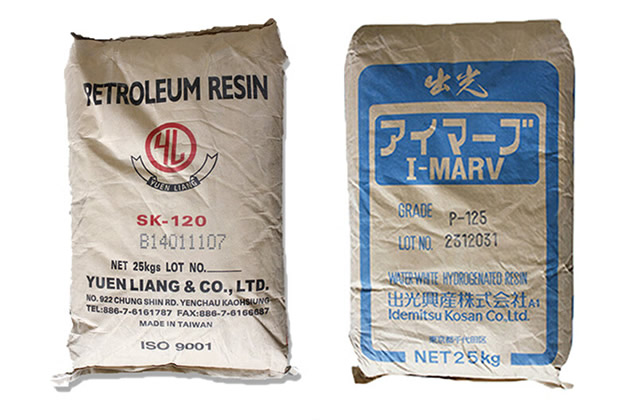1. What is a dispersant
A dispersant is a surfactant that has two opposite properties: lipophilic and hydrophilic in the molecule. It can uniformly disperse solid and liquid particles of inorganic and organic pigments that are difficult to dissolve in liquids. It can also prevent the sedimentation and agglomeration of particles and form amphiphilic reagents required for stable suspensions.
Dispersants are generally divided into two categories: inorganic dispersants and organic dispersants. Commonly used inorganic dispersants include silicates (such as water glass) and alkali metal phosphates (such as sodium tripolyphosphate, sodium hexametaphosphate and sodium pyrophosphate, etc.). Organic dispersants include triethylhexyl phosphate, sodium lauryl sulfate, methylpentanol, cellulose derivatives, polyacrylamide, gur gum, fatty acid polyethylene glycol esters, etc.

2. The role and use of dispersants
Dispersants are chemical substances that are often used to disperse solid particles or liquids into liquid media to form a uniform and stable Suspension or emulsion. It has a wide range of roles and uses in various industrial and scientific applications.
1. Dispersion
Dispersants can disperse solid particles or liquids into liquid media and prevent them from re-aggregating. Through the action of surfactants, they wrap particles or droplets in a micelle structure to disperse them evenly and prevent precipitation and sedimentation.
2. Stability
Dispersants can provide higher dispersion stability and prevent particles from re-aggregating to form agglomerates. They reduce the interaction force between particles and hinder the aggregation of particles, thereby maintaining the uniformity and stability of the suspension.
3. Fluidity improvement
Dispersants can improve the flow properties of fluids. When solid particles or droplets are evenly dispersed, they can reduce the viscosity and viscosity of the fluid and improve the fluid’s flow properties.
4. Thickening
Some dispersants have a thickening effect, forming a colloid or gel structure in the liquid, increasing the viscosity and viscosity. This is useful in applications such as condiments, coatings and adhesives.
5. Adjustment performance
Dispersants can adjust the properties of suspension or emulsion, such as pH value, temperature stability, conductivity, etc. They can improve product quality, process performance and use efficiencyfruit.
6. Wide range of applications
Dispersants are widely used in many fields, including chemical industry, pharmaceuticals, food, paints, coatings, pulp and paper, electronics materials, pesticides, etc. In these areas, dispersants have an important impact on the efficiency of the production process and product quality.
If the website content violates your rights, please contact us to delete it。








